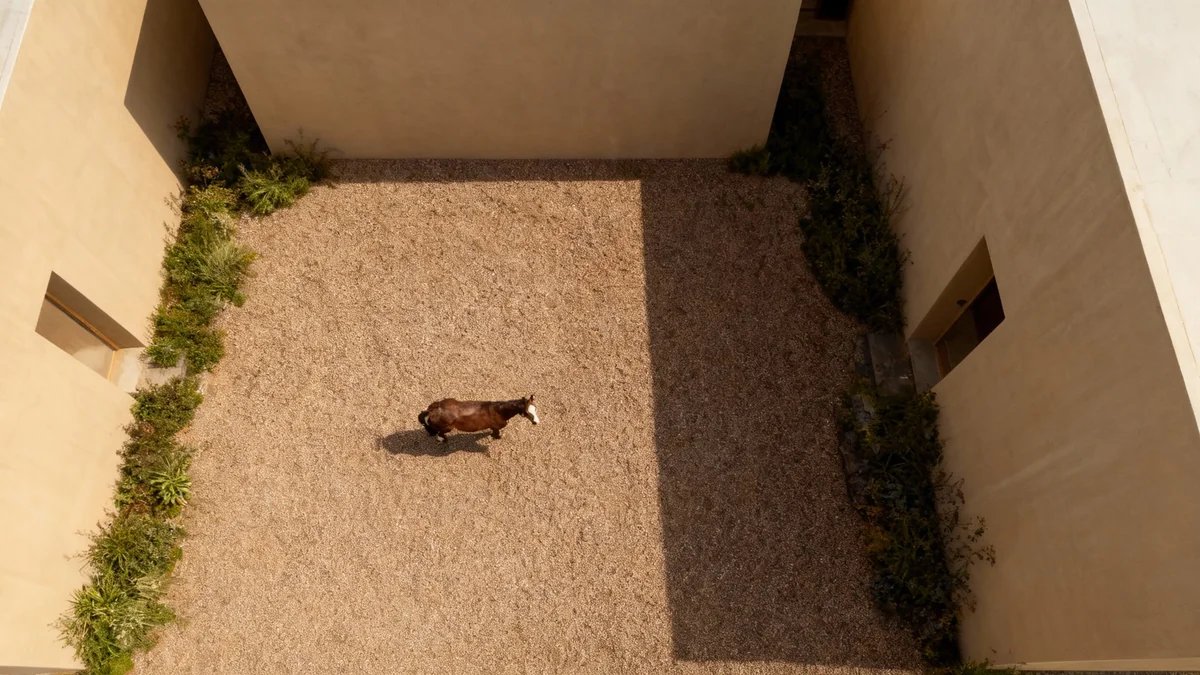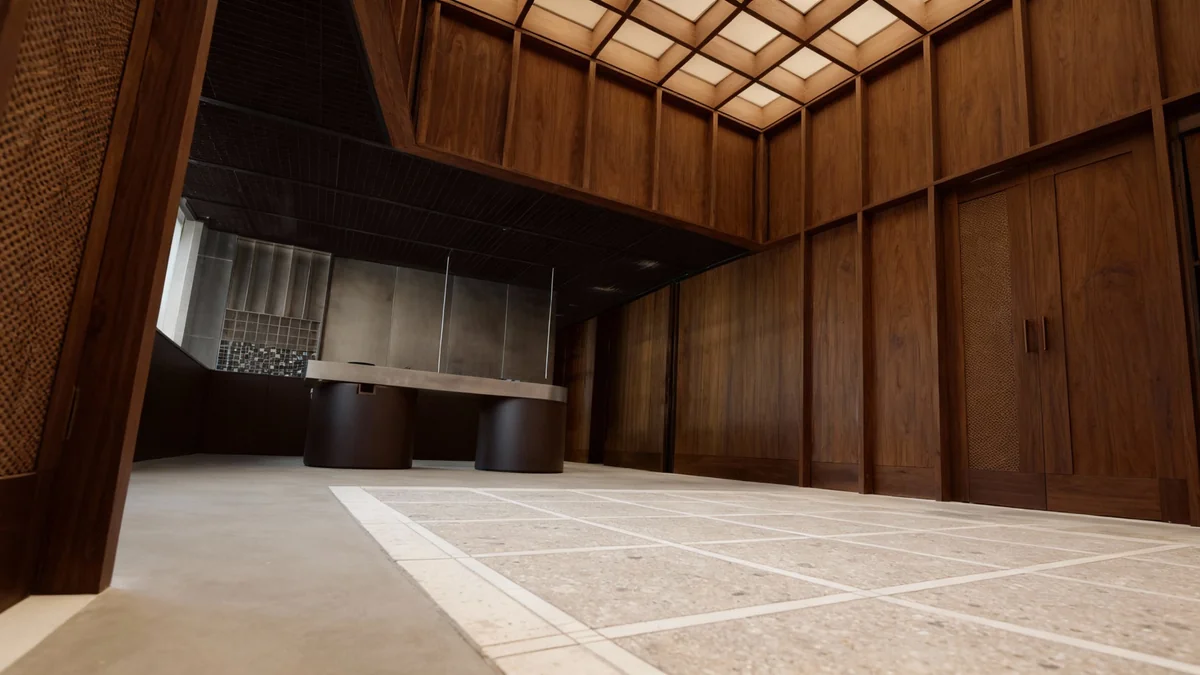A new self-sufficient wooden bivouac shelter, designed to provide safety and rest for mountaineers, will debut as an urban pavilion during the 2026 Winter Olympics in Milan. This innovative structure, a collaboration with Salone del Mobile.Milano, is engineered to operate independently in remote mountain environments, generating its own electricity and collecting water.
Key Takeaways
- The bivouac shelter will be a temporary pavilion at the 2026 Milan Winter Olympics.
- It is designed for self-sufficiency, generating electricity and collecting water.
- The structure uses cross-laminated timber and aerogel insulation for extreme conditions.
- It blends with the natural landscape but features an automatic red warning light for visibility.
- After the Olympics, it will be moved by helicopter to a permanent Alpine location.
Innovative Design for Extreme Conditions
The project, led by Carlo Ratti Associati, aims to create a structure capable of functioning without external support in challenging Alpine settings. Designers used advanced digital technology, including 3D scans of actual rock formations, to ensure the shelter integrates seamlessly with its natural surroundings. This data informed the shelter's shape and structure, optimizing it for ground stability and weather resistance.
The shelter's construction uses cross-laminated timber for the main frame. This material choice facilitates easier transportation, as the building can be prefabricated in pieces and airlifted by helicopter to remote sites. The design also incorporates aerogel insulation, providing crucial protection against the Alps' extreme temperatures. A robust metal outer layer further shields the structure from snow, ice, and strong winds.
Key Fact
The shelter's design began with a 3D scan of real Alpine rock formations to ensure it fits perfectly into the mountain landscape.
Self-Sufficiency in Remote Environments
One of the most remarkable features of the bivouac shelter is its complete self-sufficiency. It generates its own electricity through a five-kilowatt photovoltaic system installed on the roof. This power is stored in an integrated battery system, ensuring continuous operation of lights, sensors, and digital communication systems, even during periods without sunlight.
Water collection is another critical aspect of the design. Recognizing the absence of nearby rivers or lakes in many high-altitude locations, the shelter employs an air condensation system. This system cools ambient air, converting moisture into several liters of potable water daily, enough to sustain a small group of climbers. Additionally, the structure includes network connectivity, allowing for emergency contact when necessary.
"Our goal was to create a sanctuary that not only withstands the elements but actively thrives within them, providing essential resources autonomously," a spokesperson for Carlo Ratti Associati stated.
Background Information
Traditional mountain bivouacs often serve as basic shelters, offering protection from the elements. This new design elevates the concept by integrating advanced technology to provide independent energy and water, enhancing safety and comfort for mountaineers.
Aesthetic Integration and Safety Features
Unlike many traditional mountain shelters that use bright colors for visibility, this bivouac takes a different approach. Its exterior colors match the natural tones of the Alpine environment, reducing visual contrast and allowing the structure to blend in. This design choice minimizes visual impact on the pristine mountain landscape.
Despite its camouflage, safety remains a priority. The shelter features a red warning light that activates automatically in low-visibility conditions, such as fog or storms. This ensures the bivouac is easily detectable when safety demands it, while maintaining its discreet appearance the rest of the time. A large glass front wall allows natural light to flood the interior and offers unobstructed views of the surrounding mountains.
Interior Comfort for Mountaineers
Inside, the structure provides a comfortable space for mountaineers to rest, sleep, and take refuge from sudden weather changes. This interior environment is designed to be a welcome respite after long treks, offering essential shelter and a sense of security in a remote setting.
- Energy: Five-kilowatt photovoltaic system with battery storage.
- Water: Air condensation system producing several liters daily.
- Insulation: Aerogel for extreme temperature protection.
- Structure: Cross-laminated timber, easily transportable.
Deployment in Two Phases
The project will unfold in two distinct phases. The initial phase involves the shelter's installation as a temporary urban pavilion in Milan during the 2026 Winter Olympics. This public display will introduce the innovative design to a global audience, showcasing its capabilities and sustainable approach.
Following the Olympics, the bivouac will be carefully dismantled. It will then be transported by helicopter to its permanent location high in the Alps. There, it will be reassembled and securely fixed onto the mountain terrain, ready to serve its intended purpose as a fully self-sufficient resting point for climbers and trekkers for years to come.
This pioneering project represents a significant step forward in sustainable architectural solutions for remote and challenging environments, combining advanced technology with a deep respect for natural landscapes.




